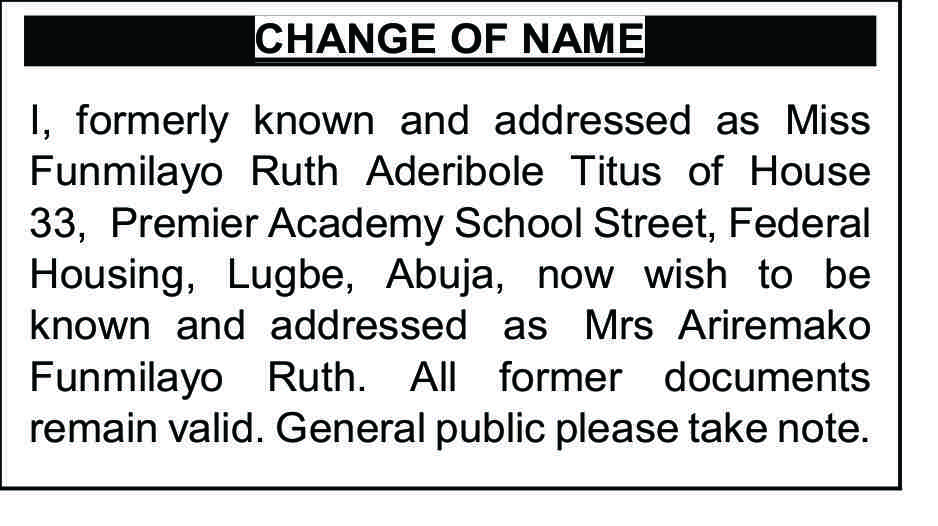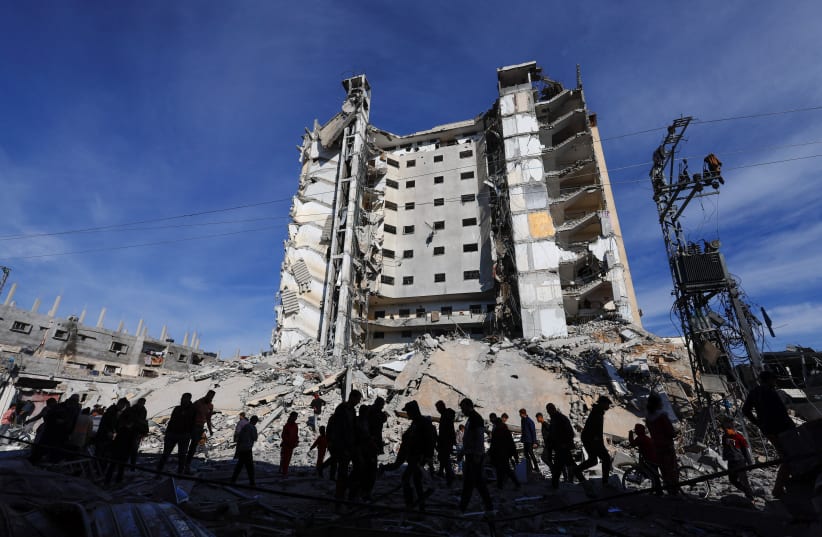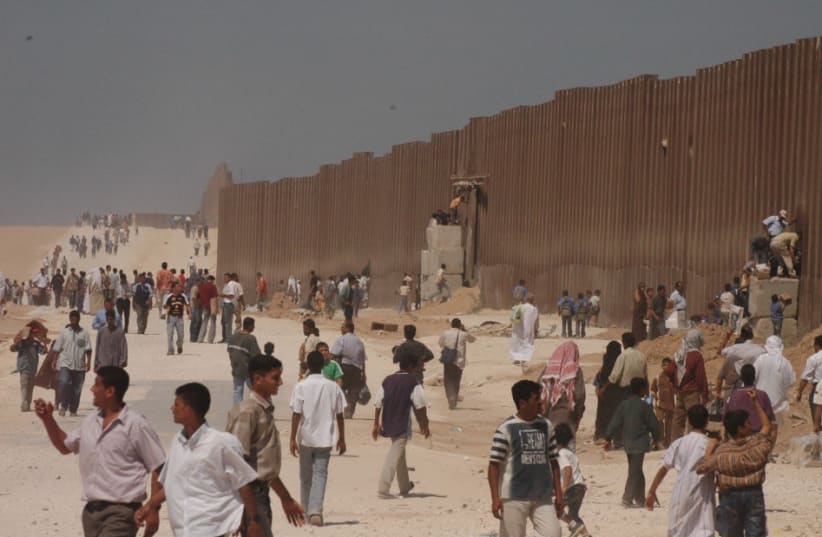Features
What is the Rafah crossing and why is it Gaza’s lifeline?

Palestinians have been gathering at the Rafah border crossing with Egypt in the southern Gaza Strip in the hope of leaving ahead of an expected Israeli ground offensive.
US media reported that it would open for dual nationals to leave and for humanitarian aid to enter, without giving timings.
However, the crossing point remained closed on Monday afternoon.
What is the Rafah crossing?
It’s the southernmost post of exit from Gaza and borders Egypt’s Sinai peninsula.
There are only two other border crossings from and into the Gaza Strip – Erez, a crossing for people with Israel in northern Gaza, and Kerem Shalom, a solely commercial goods junction with Israel in southern Gaza. Both are shut.

Why is it important now?
Gunmen from the Palestinian militant group Hamas, which governs Gaza, attacked the Erez crossing on 7 October during an unprecedented assault on southern Israel which killed more than 1,300 people.
Days later, Israel declared Erez and Kerem Shalom closed until further notice, leaving the Rafah border as the only way into and out of the Strip for people.
Rafah is now also the only crossing point for humanitarian aid.
Last week, the Egyptian foreign ministry said it was directing international aid flights for Gaza to El-Arish airport in northern Sinai, and dozens of lorries carrying fuel and humanitarian goods are parked on the Egyptian side of the Rafah crossing.
What is going on at the crossing?
Conflicting reports have circulated about the situation at Rafah. Hamas and Egypt exercise control over who can pass through, but operations have been disrupted since Israel began conducting waves of air strikes on Gaza in retaliation for Hamas’s assault.
Egyptian media said the crossing was shut down following three Israeli strikes on 9 and 10 October, which it said left injuries on the Egyptian and Palestinian sides of the border.
On 12 October, the Egyptian government asked Israel to halt strikes near the Rafah border crossing so it could serve as a “support lifeline” for people in Gaza, and made it clear that it would not open the passage until there were guarantees for the safety of its staff.
Western countries are also getting involved to try to secure safe passage through Rafah for both foreign passport holders in Gaza and humanitarian aid.
UK Foreign Secretary James Cleverly and his US counterpart, Antony Blinken, both said they were working with Israel, Egypt and “other leading political voices in the region” to re-open the crossing.
Last week, a US Department of State spokesperson said American citizens were being told to move towards Rafah because “there may be very little notice if the crossing opens and it may only open for a limited time”.
On Monday, crowds gathered at Rafah following reports that the crossing would be temporarily reopened during a brief ceasefire, but both Israel and Hamas swiftly denied this.

Why are the crossings shut?
Israel and Egypt have restricted the movement of goods and people in and out of Gaza since Hamas took control of the territory in 2007. The two countries say their blockade is needed for security reasons.
As part of its response to Hamas’s deadly attack, Israel’s defence minister ordered a “complete siege” of Gaza on 9 October, adding: “There will be no electricity, no food, no fuel, everything is closed.”
And although Egypt appears to be prepared to re-open the Rafah crossing to allow foreign passport holders out and humanitarian aid in, it fears a massive influx of Palestinian refugees fleeing the war.
Egypt’s president warned on 12 October that an exodus from Gaza risked “liquidating” the Palestinian cause and called on Palestinians to “remain steadfast on their land”.
It is also concerned about the possibility of Islamist militants coming into the country, having faced a jihadist insurgency in Sinai for almost a decade.
How is the Rafah crossing normally used?
It is not easy for Palestinians to leave Gaza via Rafah. Palestinians wishing to use the crossing must register with the local Palestinian authorities two to four weeks in advance and may be rejected by either the Palestinian or Egyptian authorities with little warning or explanation.
According to the UN, in August 2023, the Egyptian authorities allowed 19,608 exits from Gaza and denied entry to 314 people.

























